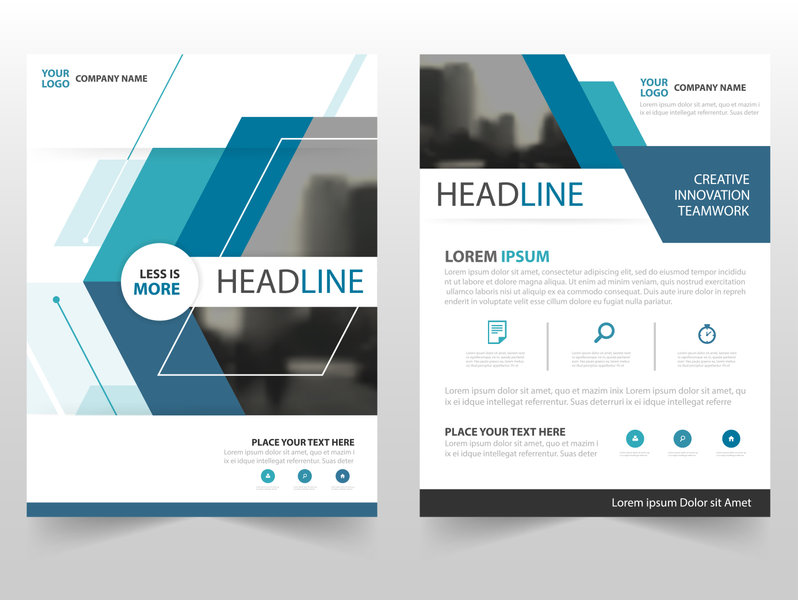A brochure is an informative paper document about a business or organization that can be folded into a leaflet, template, or pamphlet. There are three primary reasons why a business may consider having a brochure. Probably you are starting a new business, trying to reach new customers in a new location, or want to inform your loyal customers about a product or service you just launched recently. Regardless of the reason, you need a brochure that not only stands out but also delivers the right mood and information to your audience. The paper on which your brochure is printed is very important as it speaks volumes once it is in the hands of your clients or customers. This article guides you on what paper is best to print your brochures on based on the paperweight, finish, size, and color.
Paperweight
You can use two main types of paperweight for your brochure; paper stock and card stock. Each of these types has its benefit and unique style depending on what you are looking to achieve.
- Paper Stock
Paper stocks use the pound as a unit of measurement (lb. or #) and tend to be thinner than card stocks. Paper stocks tend to weigh about 20-28 lbs., like your average computer paper. The benefit of paper stocks is that they are lighter to carry, easier to fold, inexpensive, and easier to mail via envelopes.
- Card Stocks
Card stocks use point (pt.) as a way of identifying paper thickness and tend to be thicker than paper stocks. They are thinner than paperboard but thicker than the average writing paper. Card stocks are durable, high quality can stand upright on a surface, will not develop crease lines, and can be mailed without envelopes.
Finish
After you have decided on the thickness of your brochure paper, the next thing is to confirm the type of finish it should have. Paper finish refers to the texture or feel of the paper’s surface. The two main finishes professionals go for include:
- Glossy
This type of paper is coated with a compound that gives it a smooth and shiny appearance. It is ideal for brochures with a lot of images or vibrant colors. The only downside is that it can show dust or fingerprint marks when handled.
- Matte
Matte-coated products are the opposite of glossy, as they are coated without luster that gives them an untreated look. They are used by professionals and are ideal for brochures with a lot of text. Less glare on them makes images appear softer.
Size
There is no one choice fits all when it comes to brochure size. However, there are three popular brochure sizes within the business industry, which are:
- Letter (8.5” x 11”)
This is the most popular size commonly used for the tri-fold style brochure. It can be mailed easily and is always a perfect fit in most brochure racks.
- Legal (8.5” x 14”)
This paper size is extra 3 inches in length from the popularly used letter size. It is also used to make a tri-fold brochure and the additional inches allow for more information than the letter paper size.
- Tabloid (11” x 17”)
This is probably one of the largest brochure paper sizes in this category. It is often used as a menu or half-fold brochure and offers a larger space for both text and images.
Color
The paper color you choose for your brochure is very important, as it has to reflect the type of message you are promoting. Most business brochures are often printed on plain white paper to give them a clean, professional look. However, this does not mean that you should shy away from the bright hues. For instance, companies with distinctive color schemes can incorporate these colors to make it easier for clients to remember their brand. An earthy green brochure or a recycled brown Kraft brochure can blend in with your motto if you own an environmental business. A little creativity on the paper color of your brochure can go a long way with so much promotional material out there.
You should have an idea of how your company brochure will turn out after going through the above paper options. The decision you make in each category should also reflect your business or company values to deliver the right message to your prospective clients and customers. Once you have settled on the best paper to print your brochure, you need a professional to help you with the quality of the design and final print.


